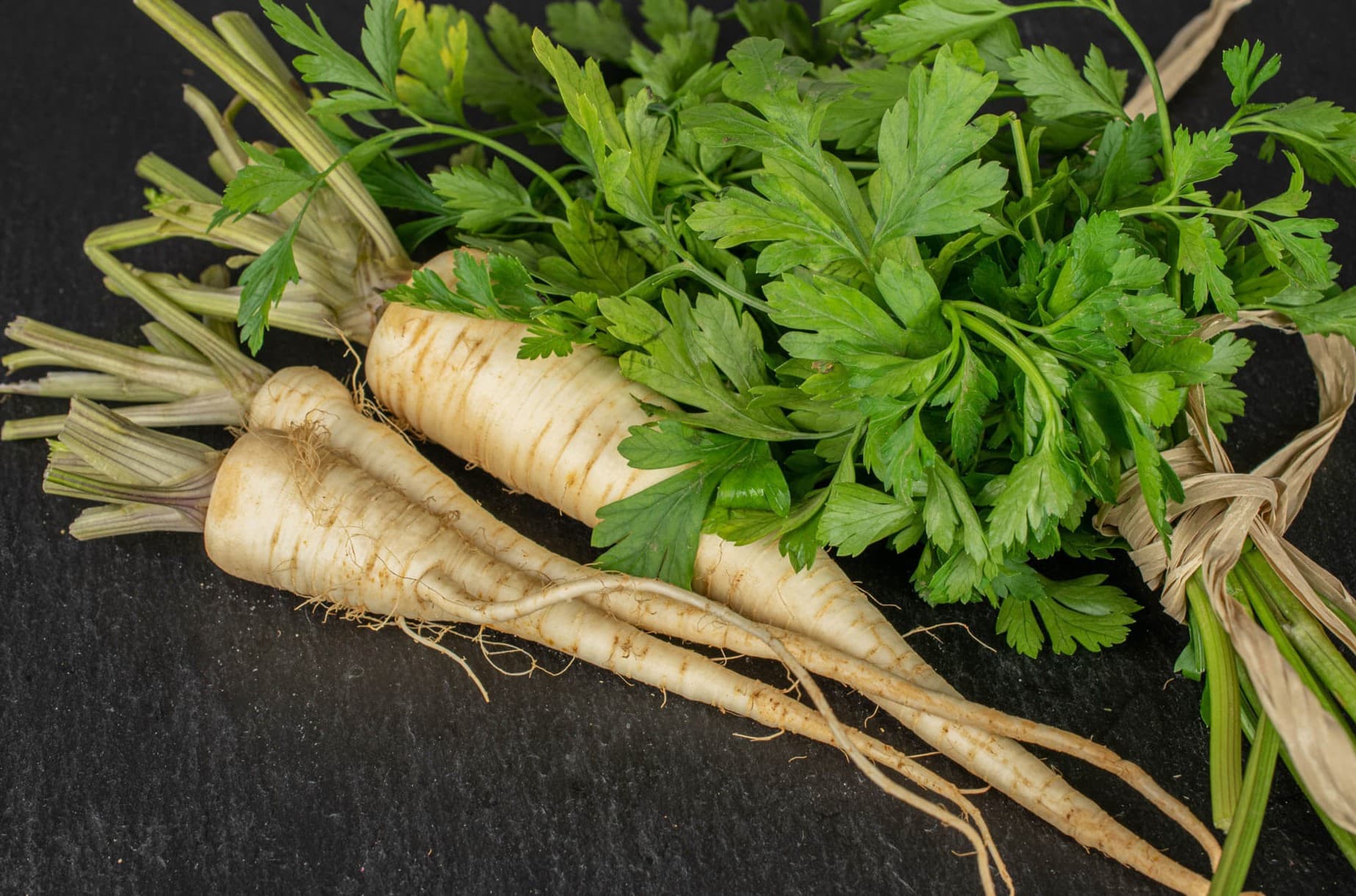
Hamburg parsley might sound like a strange combination, but it's a unique root vegetable worth knowing about. Often mistaken for parsnip, this veggie has its own distinct flavor and history. Did you know that Hamburg parsley has been cultivated since the Middle Ages? It's not just the root that's edible; the leaves can be used like regular parsley. This dual-purpose plant is popular in European cuisine, especially in Germany and Poland. Rich in vitamins and minerals, it offers a nutritious punch. Whether you're a gardener looking to diversify your crops or a foodie eager to try something new, Hamburg parsley deserves a spot on your radar. Ready to learn more? Let's dig in!
Key Takeaways:
- Hamburg parsley, also known as root parsley, is a versatile vegetable with a sweet, nutty flavor. It offers a unique twist to dishes and is packed with vitamins and minerals for a healthy boost.
- Growing Hamburg parsley requires patience, but the rewards are worth it. It prefers well-drained soil, full sun, and consistent moisture. Incorporate it into your meals for a culinary game-changer and health benefits.
What is Hamburg Parsley?
Hamburg parsley, also known as root parsley, is a unique vegetable that combines the flavors of parsley and parsnip. It's not as well-known as its leafy counterpart but offers a delightful twist to various dishes. Here are some fascinating facts about this underrated root vegetable.
-
Dual Purpose Plant: Hamburg parsley is grown for both its edible root and its leaves. The root resembles a parsnip, while the leaves look like flat-leaf parsley.
-
Historical Roots: This vegetable has been cultivated since the Middle Ages, particularly in Central and Eastern Europe.
-
Nutrient-Rich: Hamburg parsley is packed with vitamins A, C, and K, along with essential minerals like iron and potassium.
-
Flavor Profile: The root has a slightly sweet, nutty flavor, making it a versatile ingredient in soups, stews, and roasts.
-
Culinary Uses: Both the root and leaves can be used in cooking. The root is often roasted or added to soups, while the leaves can be used as a garnish or in salads.
Growing Hamburg Parsley
Growing Hamburg parsley requires some patience, but the rewards are worth it. Here are some key facts about cultivating this unique plant.
-
Long Growing Season: It takes about 3-4 months for Hamburg parsley to mature, so it's best planted in early spring.
-
Soil Preference: This plant thrives in well-drained, fertile soil with a pH between 6.0 and 7.0.
-
Sunlight Needs: Hamburg parsley prefers full sun but can tolerate partial shade.
-
Watering Requirements: Consistent moisture is crucial, especially during the germination period. However, avoid waterlogging the soil.
-
Spacing: Seeds should be sown about 1/2 inch deep and spaced 2-3 inches apart to allow the roots to develop properly.
Health Benefits of Hamburg Parsley
Hamburg parsley isn't just tasty; it's also good for you. Here are some health benefits associated with this root vegetable.
-
Rich in Antioxidants: The high levels of vitamins A and C help combat oxidative stress and support the immune system.
-
Digestive Health: The fiber content in Hamburg parsley aids in digestion and helps maintain a healthy gut.
-
Anti-Inflammatory Properties: Compounds found in this vegetable can help reduce inflammation in the body.
-
Bone Health: Vitamin K is essential for bone health, and Hamburg parsley provides a good amount of this nutrient.
-
Heart Health: The potassium in Hamburg parsley helps regulate blood pressure, contributing to cardiovascular health.
Culinary Tips for Hamburg Parsley
Incorporating Hamburg parsley into your meals can elevate your culinary game. Here are some tips to get you started.
-
Roasting: Roasting the root brings out its natural sweetness. Simply toss with olive oil, salt, and pepper, then roast at 400°F for about 30 minutes.
-
Soups and Stews: Add chopped Hamburg parsley root to soups and stews for a unique flavor twist.
-
Herb Butter: Mix finely chopped leaves with softened butter, garlic, and lemon zest for a delicious herb butter.
-
Salads: Use the leaves in salads for a fresh, parsley-like flavor.
-
Storage: Store the roots in a cool, dark place, similar to how you would store carrots or parsnips. The leaves can be stored in the refrigerator wrapped in a damp paper towel.
Final Thoughts on Hamburg Parsley
Hamburg parsley, often overlooked, packs a punch in both flavor and nutrition. This root vegetable, resembling parsnips, offers a unique taste that enhances soups, stews, and salads. Rich in vitamins A, C, and K, it supports immune health, vision, and bone strength. Its leaves, similar to flat-leaf parsley, add a fresh, herbal note to dishes. Cultivating Hamburg parsley is straightforward; it thrives in well-drained soil with plenty of sunlight. Whether you're a seasoned gardener or a culinary enthusiast, incorporating this versatile plant into your garden and kitchen can be rewarding. So next time you're at the market or planning your garden, give Hamburg parsley a try. You might just find a new favorite ingredient that adds both flavor and nutrition to your meals. Happy cooking and gardening!
Frequently Asked Questions
Was this page helpful?
Our commitment to delivering trustworthy and engaging content is at the heart of what we do. Each fact on our site is contributed by real users like you, bringing a wealth of diverse insights and information. To ensure the highest standards of accuracy and reliability, our dedicated editors meticulously review each submission. This process guarantees that the facts we share are not only fascinating but also credible. Trust in our commitment to quality and authenticity as you explore and learn with us.


